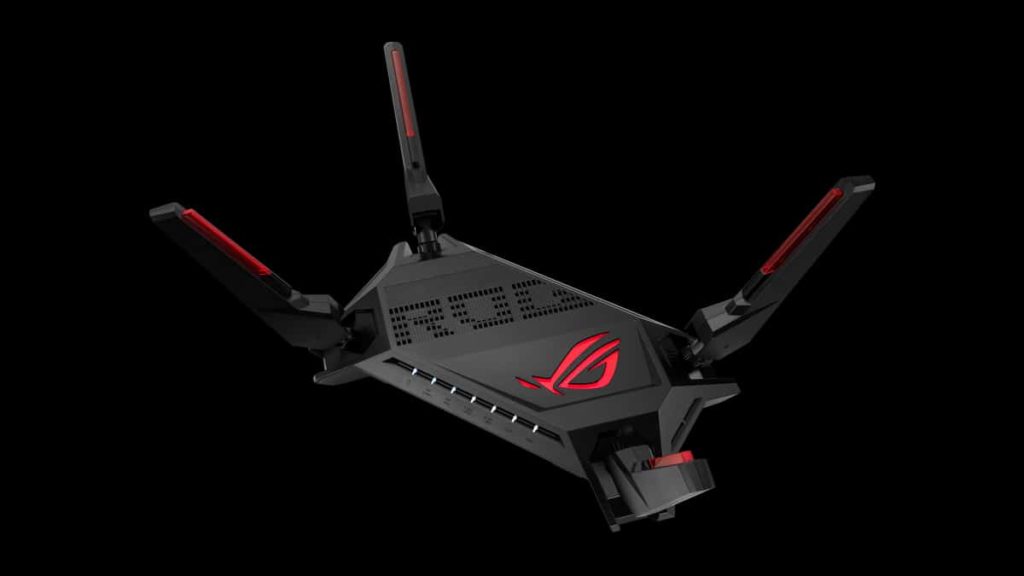- Joined
- May 28, 2019
- Messages
- 10,250
- Reaction score
- 7,176
Image: ASUS
ASUS has announced a new premium WiFi 6 router, the ROG Rapture GT-AX6000. It features dual 2.5 Gbps ports and combined speeds of up to 6,000 Mbps. It supports up to 4,804 Mbps on the 5 Ghz band and 1,148 Mbps on the 2.4 Ghz band. It is powered by a 2.0 GHz 64-bit quad-core Broadcom CPU paired with next-gen Broadcom WiFi 6 chipsets. One of the 2.5 Gbps ports can be configured for LAN or WAN for up to 3.5 Gbps of WAN bandwidth.
WAN aggregation allows a 2.5 Gbps port to be combined with a 1 Gbps port to unlock up to 3.5 Gbps of WAN bandwidth, fast enough for even the latest ultra-high-speed ISPs. This massive internet bandwidth can be shared via WiFi 6 or the second 2.5 Gbps port in LAN mode.With LAN aggregation, users can bond two 1 Gbps LAN ports together to create a 2 Gbps LAN connection, which is great for supplying extra bandwidth to...
Continue reading...
Last edited by a moderator:
